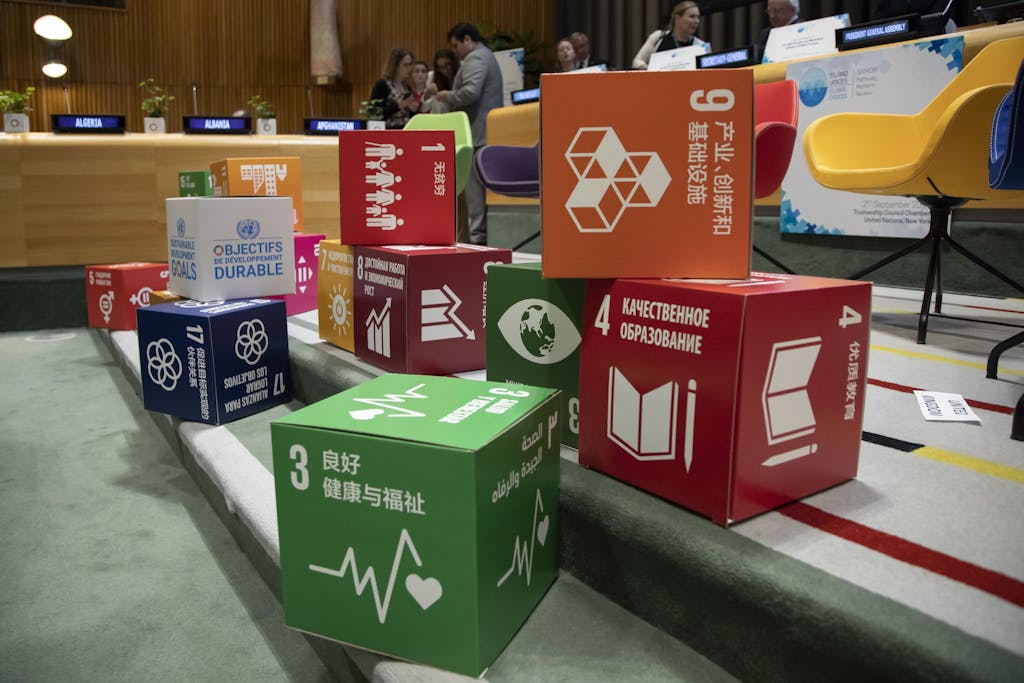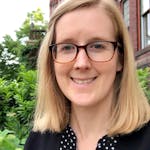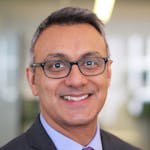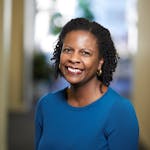From Pittsburgh to Hawaii, Verizon to Carnegie Mellon University, with youth activists and CEOs, the Sustainable Development Goals are being used across the United States as a roadmap for building a resilient, inclusive future for all. America’s SDG leaders are showing how local action is driving progress on the Goals.
As the COVID-19 pandemic continues to ravage communities around the world and intensify inequalities, local leaders have been on the front lines solving our global challenges: A worldwide pandemic. Raging wildfires. A planet in crisis. Systemic racism. And the Sustainable Development Goals (SDGs) are taking root in local communities as the guide for how to respond and recover better moving forward.
“The SDGs are our common language. Through alignment of local, state, national, and international action, we can align our canoes in the same direction to help each other arrive at a more sustainable, equitable world for all of us,” Hawaii Gov. David Ige said during American leadership in advancing the Sustainable Development Goals, the second annual event co-hosted by the UN Foundation and the Brookings Institution last month on the sidelines of the UN General Assembly.
The event showcased four reasons the SDGs matter in America:
They help us understand and tackle today’s urgent issues
“Found within the SDGs are solutions to many of the underlying problems embedded in our society today, from income inequality to disparities in education, access to technology, health care and more,” said John R. Allen, president of the Brookings Institution. “People are using them in very practical ways to address the challenges and aspirations most relevant to local communities,” said Elizabeth Cousens, president and CEO of the UN Foundation.
Panelists rooted the conversation in these practical ways the SDGs are helping their communities. Hawaii Gov. David Ige, for example, announced the launch of the state’s Voluntary Local Review, becoming the first U.S. state to track and report on its progress on the SDGs. The governor said this effort provides “the opportunity to reflect on what we have accomplished to date, take our bearing, and chart a course for a better Hawaii that we all want to see.”
Provost James Garrett of Carnegie Mellon University launched the first Voluntary University Review, following a university-wide effort to understand how its teaching, research, and practices contribute to the SDGs.
Dustin Liu, the UNA-USA youth observer to the UN, pointed to the young people who are “showing incredible initiative and leadership and pushing towards the Sustainable Development Goals” from youth-led movements creating more accessible democracy to organizing mutual aid to support communities devastated by wildfires.
And Los Angeles Mayor Eric Garcetti announced a new SDG Activities Index, “a living encyclopedia” of the people, organizations, and companies advancing the SDGs in Los Angeles. This is in addition to the city’s pioneering, open-source dashboard tracking local progress on the SDGs, which is a model for cities around the world.
They offer a common language to unite efforts
By placing issues from poverty to healthy oceans together in one framework for sustainable development, the SDGs offer a common language that connects efforts across issues and sectors, a “Rosetta stone” as Kathleen McLaughlin, executive vice president and chief sustainability officer at Walmart and president of the Walmart Foundation, sees them.
In Los Angeles, everyone from a city librarian to the port executive director can use the SDGs as a prism to align decisions locally and connect into global conversations.
In Pittsburgh, which is fully integrating the SDGs across its planning and policies, the SDGs “allowed us to see that the activities happening for us are also happening in other places where we could learn from,” said Majestic Lane, the city’s chief equity officer and deputy chief of staff.
And at Verizon, the SDGs are deeply embedded and mapped to every single business operation, said Rose Stuckey Kirk, the company’s chief corporate social responsibility officer. “It is part of our business strategy.”
They provide a road map for building a sustainable future
The whole logic of the SDGs is “to tackle deep, underlying, interconnected challenges across our societies, economies, and natural systems,” said Cousens, and to do so simultaneously. Specifically, this means that the SDGs embed progress on the environment and climate change, as well as equity, across all issues.
Rather than seeing each challenge as separate, they are “pieces of the same puzzle” in achieving sustainable development, Garcetti said, making the SDGs particularly useful today in the face of converging crises.
As U.S. Sen. Brian Schatz of Hawaii put it: “If we’re not paddling in unison, we will go in circles. And so pitting housing against environment or pitting economic development versus clean energy is exactly the wrong way to look at things.”

They put equity and inclusion at the center of progress
Underlying the SDGs is the central commitment to leave no one behind. In a practical sense, this means prioritizing the most vulnerable and building sustainable societies that uplift and support people. It is not enough to think about goals, like on climate change, in abstract terms. The SDGs ensure that “people in a position of authority execute in a way that works for everybody,” U.S. Sen. Brian Schatz of Hawaii said at the event.
Putting equity and inclusion at the center means inclusivity at all stages of work and across all sectors. This requires “fine-tuning our climate and culture so that we have systems that people can thrive in” and equitably engaging communities and societies in the problem-solving process, said Yvette Pearson, associate dean for accreditation, assessment, and strategic initiatives at Rice University.
Amid crowded news cycles and sobering analysis of the many pressing challenges on our doorstep, the real work being done to build a sustainable future too often gets drowned out.
But as Fatimata Cham, a youth poet and former Teen Advisor with UN Foundation’s Girl Up initiative, said, “The greatest communities in America are the ones who never make the front page of news stories, the ones who show the importance of collective strength.”
It is people like our nation’s librarians, utility workers, and fire chiefs whose individual efforts connect through the SDGs to help shape America’s future for the better.
As the event made clear, leaders across the U.S. are committed to the principles of the SDGs and working together to build up the promise of a more sustainable and equitable tomorrow.




 View All Blog Posts
View All Blog Posts



